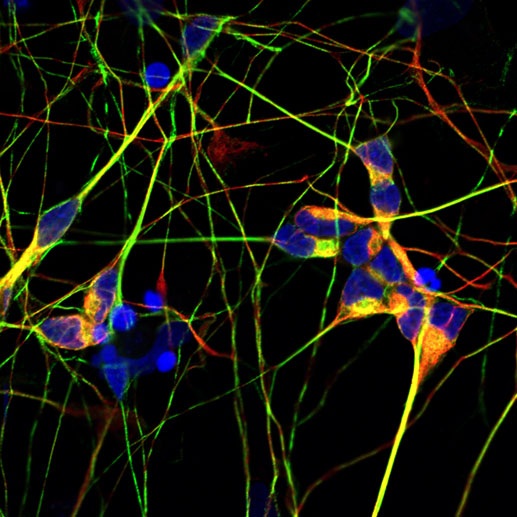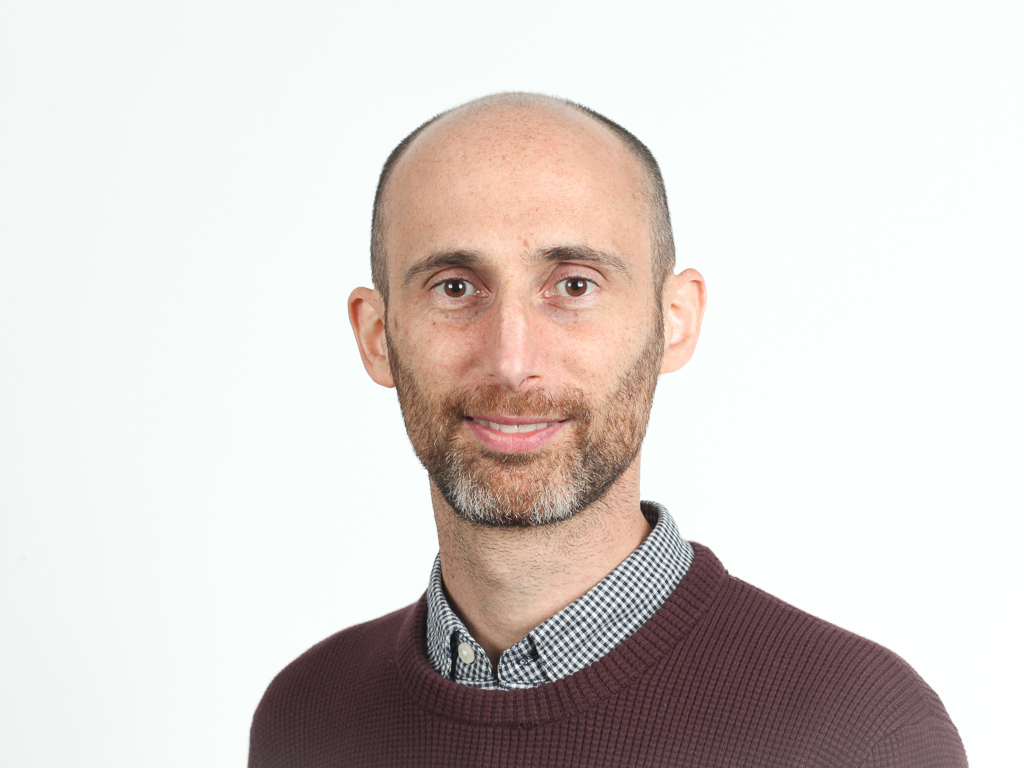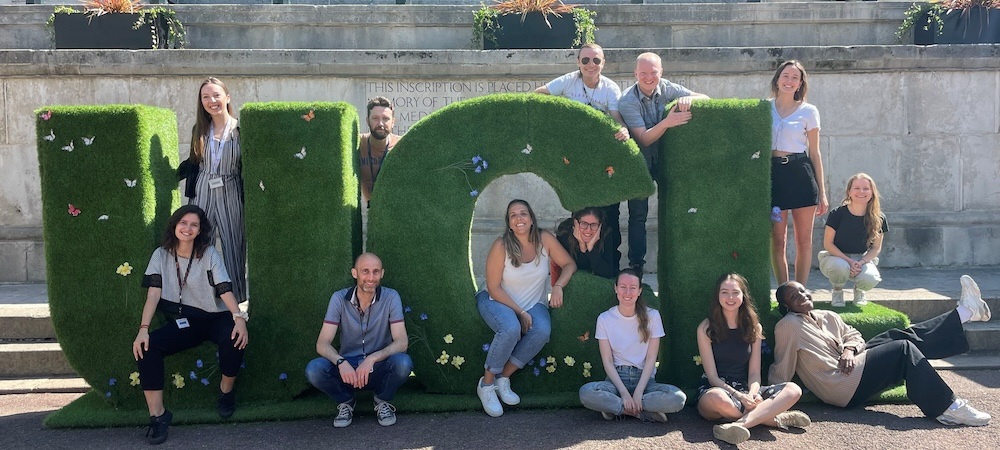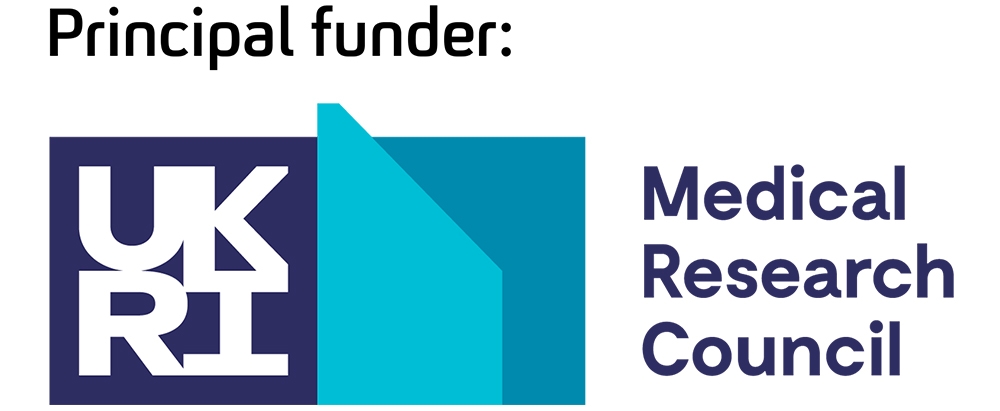Falling down and then getting up. Such is the journey that researchers like Prof Adrian Isaacs (UK DRI at UCL) go through to develop new treatment strategies for diseases such as frontotemporal dementia (FTD) and amyotrophic lateral sclerosis (ALS). In this article Adrian discusses what he has learned from setbacks, the success of his project harnessing the fruit fly and why the support of the UK DRI has been invaluable to his lab’s development.
This piece is part of our ‘Develop’ series, showcasing the UK DRI's mission to discover the causes of neurodegeneration, develop possible treatments and deliver solutions for healthy ageing.
For Prof Adrian Isaacs, turning to dementia research was “a serendipity”.
During his undergraduate studies, Adrian had the opportunity to spend a year in a laboratory dedicated to the genetics of dementia, run by Prof John Hardy and Dr Mike Hutton, at the Mayo Clinic in Jacksonville (USA). There, he was part of the team that discovered mutations in the MAPT gene, which provides the instructions for production of the protein tau – which, when misfolded, is implicated in neurodegenerative diseases including FTD.




